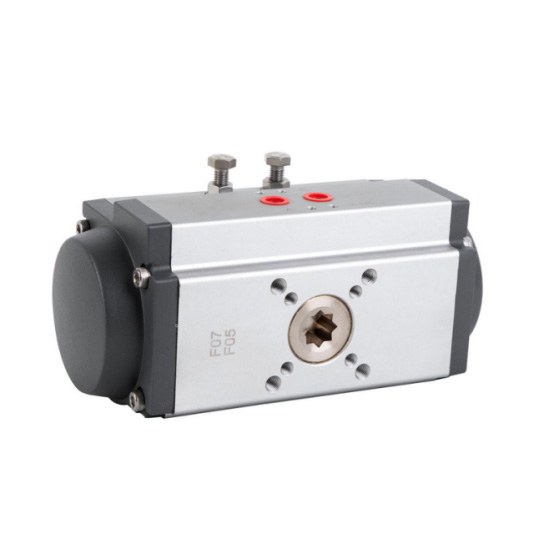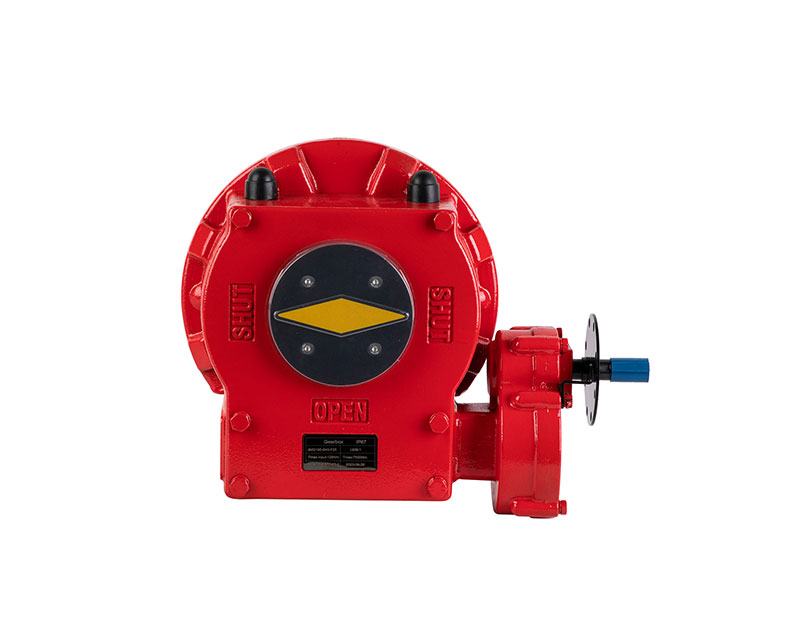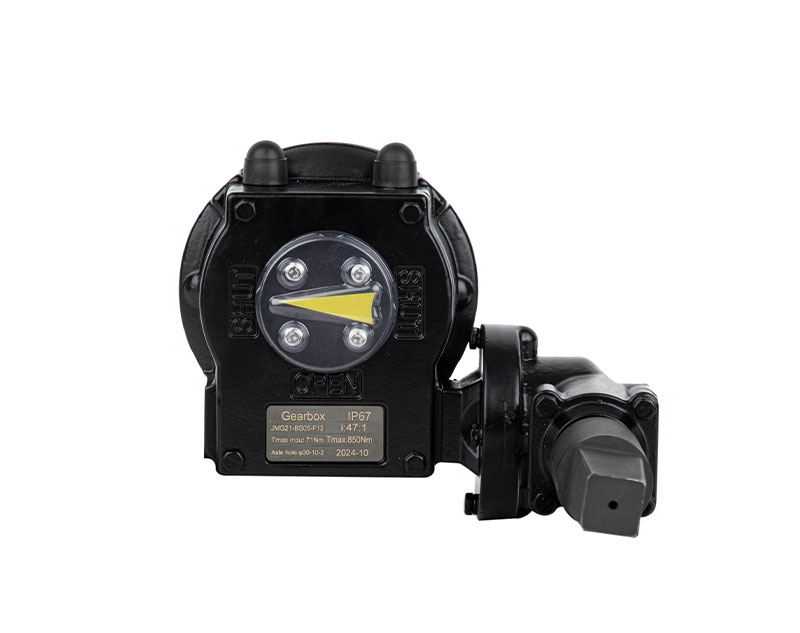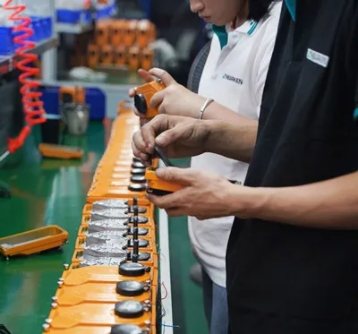How to select right model of pneumatic actuator
Selecting the appropriate pneumatic actuator model involves evaluating the valve type, operational requirements, and control specifications. For rack and pinion pneumatic actuators, which convert compressed air into rotational motion via a piston-driven rack and gear mechanism, key considerations include torque output, precision, and action mode (single-acting or double-acting). These Rotary Pneumatic Actuator With Scale Indicator are ideal for rotary valves (e.g., ball or butterfly valves) demanding accurate flow control due to their stable torque and modularity, though their cost and manufacturing complexity are higher. Further selection depends on action mode (spring-return single-acting for fail-safe applications or double-acting for bidirectional speed) and control method (basic on/off solenoid valves for simple switching or proportional control with position feedback for process accuracy). Below, we outline the criteria for optimizing actuator performance in diverse industrial scenarios.
Determine the actuator's model
Rack and pinon pneumatic actuator
The rotational action of valves, such as the opening and closure of ball valves and butterfly valves, is achieved by gear and rack actuators, which utilize compressed air to propel the piston, move the rack, and subsequently rotate the gear. It is appropriate for rotary valves that necessitate precise flow regulation due to its ability to accomplish precise angle control and stable output torque. Its advantages include a compact structure, effortless installation, and seamless operation. However, it is relatively expensive and necessitates high manufacturing precision.

Choose the appropriate action mode
1. Single-acting actuator
Single-acting actuators utilize compressed air to propel the piston or diaphragm in a single direction, such as when opening a valve. During reset, the spring force assists in returning the actuator to its initial position, which is the closure of the valve. Its advantages include its low cost, straightforward structure, and the capacity to autonomously return to the predetermined state in the event of a gas source failure, thereby guaranteeing the safety of the system. Suitable for applications in which the reset state of valves is specific and the direction of action does not require frequent switching, such as the control of certain safety shut-off valves.
2.Double-acting actuator
The valve's opening and closing are regulated by the double-acting actuator, which inputs compressed air through two air ports to accomplish bidirectional movement of the piston or diaphragm. It is appropriate for applications that necessitate frequent valve opening and closing and high action speed and accuracy, such as flow regulating valve control on automated production lines, due to its rapid response speed and flexible action. However, double-acting actuators necessitate a continuous air supply and may be unable to maintain the present valve position in the event of an air supply failure.
Control requirements
1. Control switch
If the valve requires only basic opening and closing operations, a standard two-position five-way solenoid valve can be chosen to regulate the pneumatic actuator's operation. This control method is cost-effective, straightforward, and straightforward, making it appropriate for situations where control accuracy is low, such as the control of air valves in certain ventilation systems.
2. Proportional control
Pneumatic actuators with proportional control functions should be chosen for applications that necessitate precise valve opening adjustments to regulate parameters such as flow and pressure. This form of actuator is typically equipped with a proportional control valve and a position feedback device, which can precisely adjust the valve opening in response to the signal from the control system. Consequently, a locator must be installed. For instance, proportional pneumatic actuators are necessary for the precise regulation of the input flow rate to the reactor in the chemical production process. Proportional control actuators are more expensive, but they can accomplish more precise process control.









